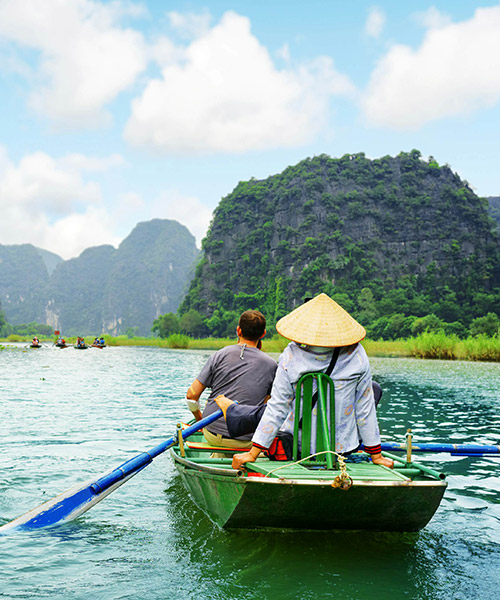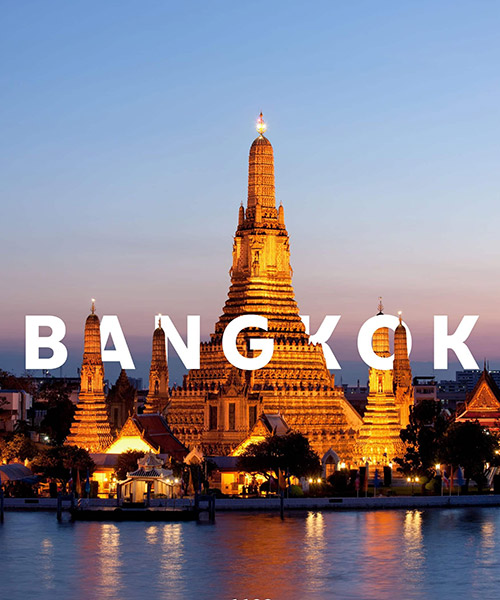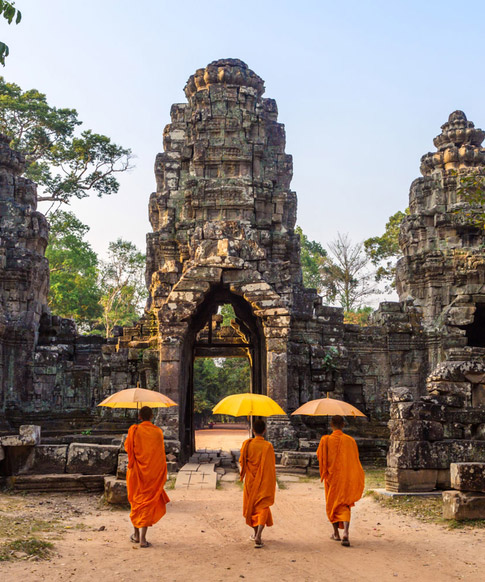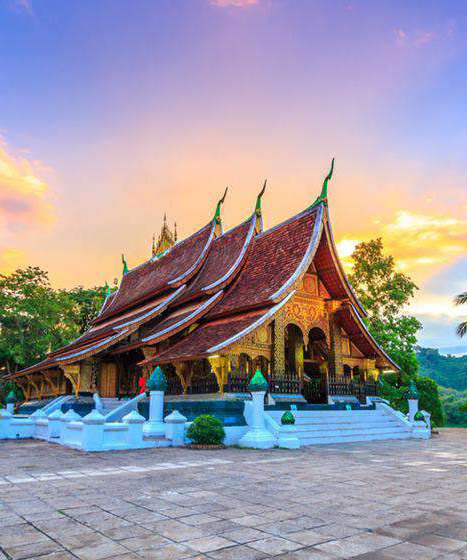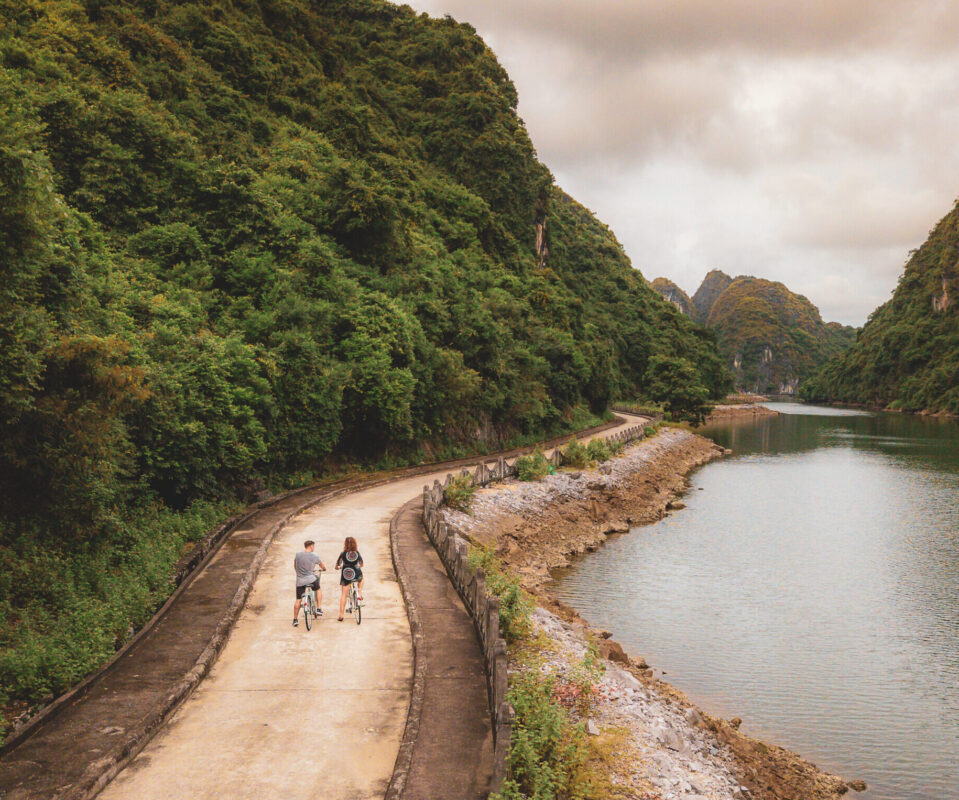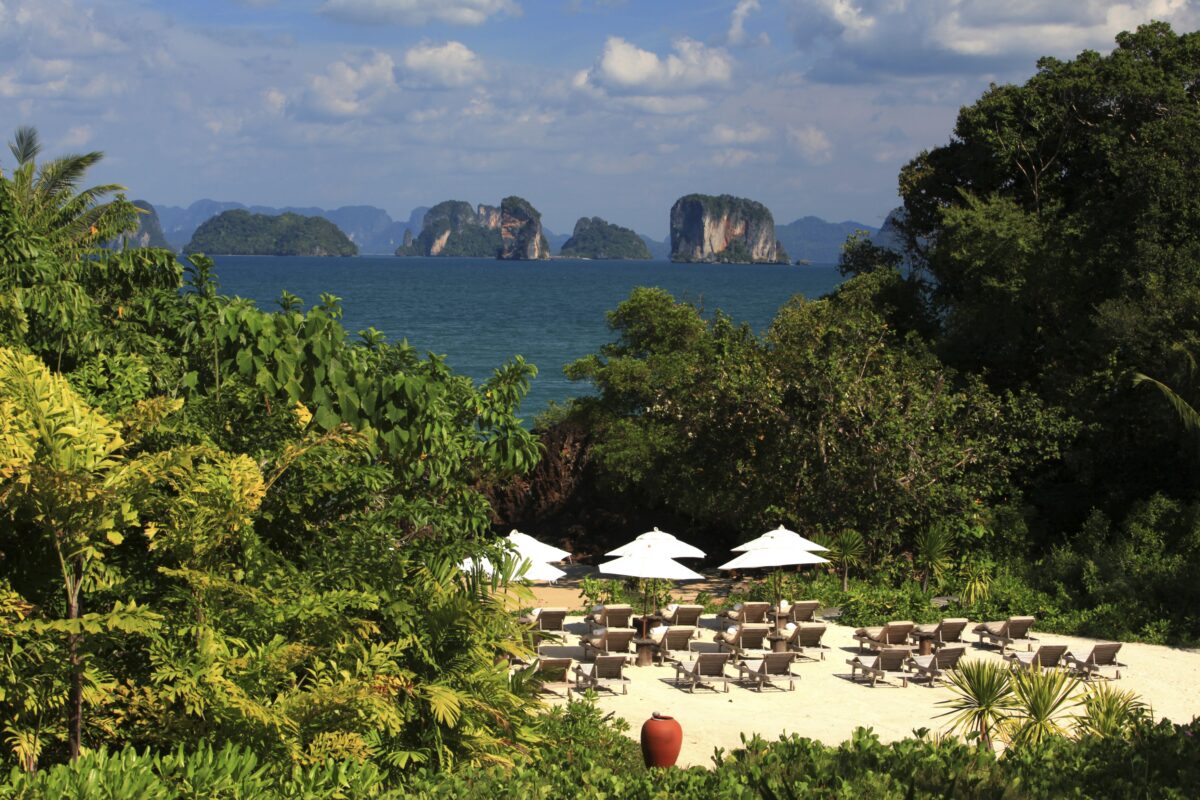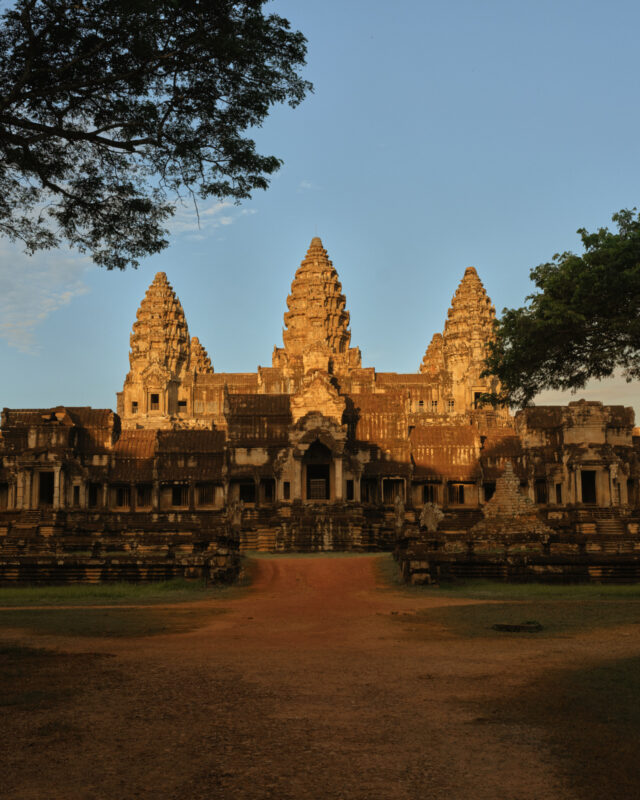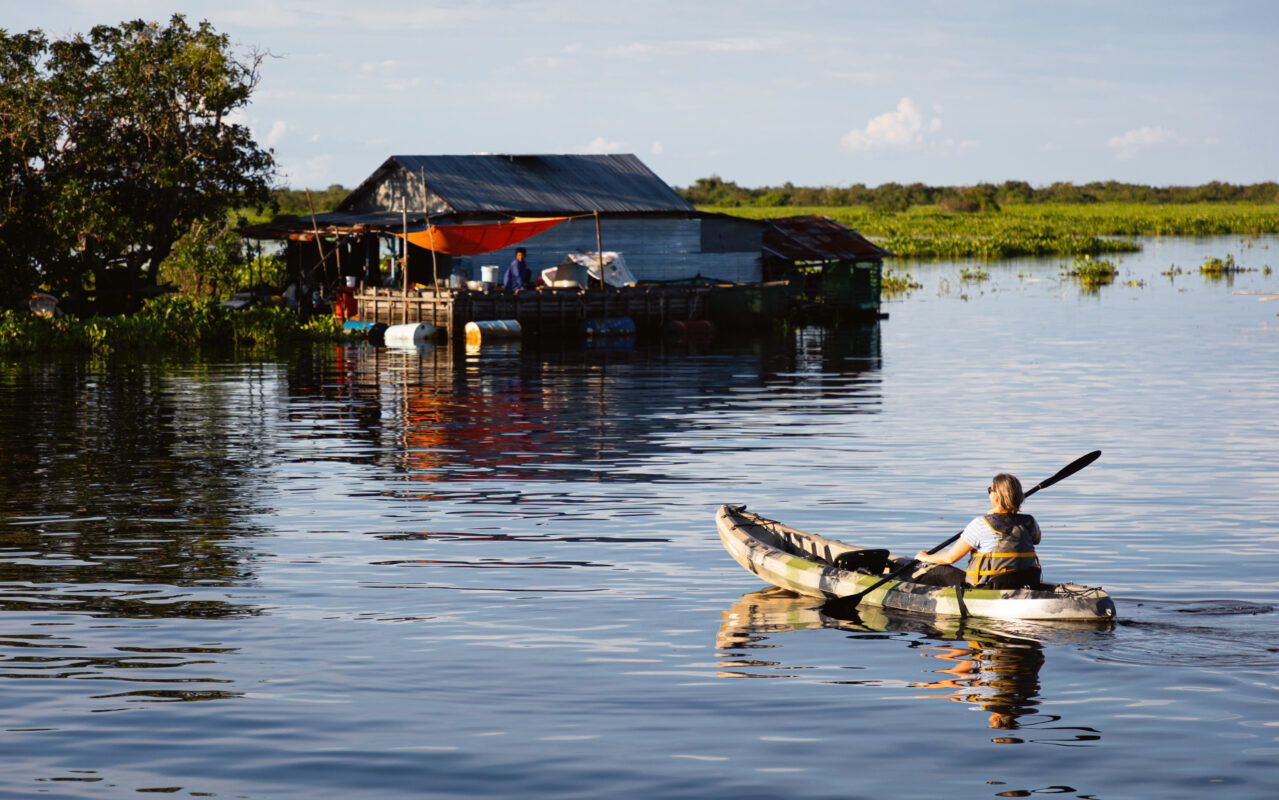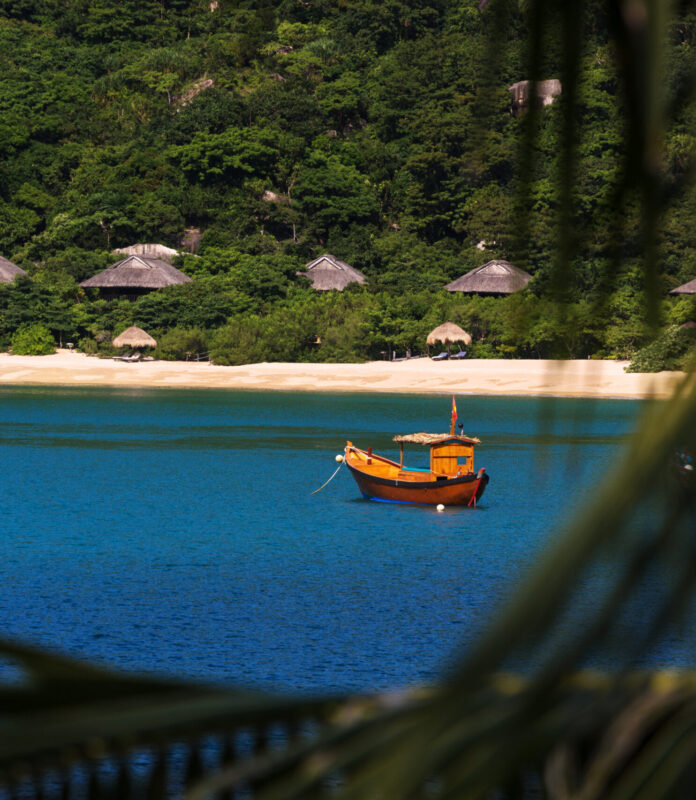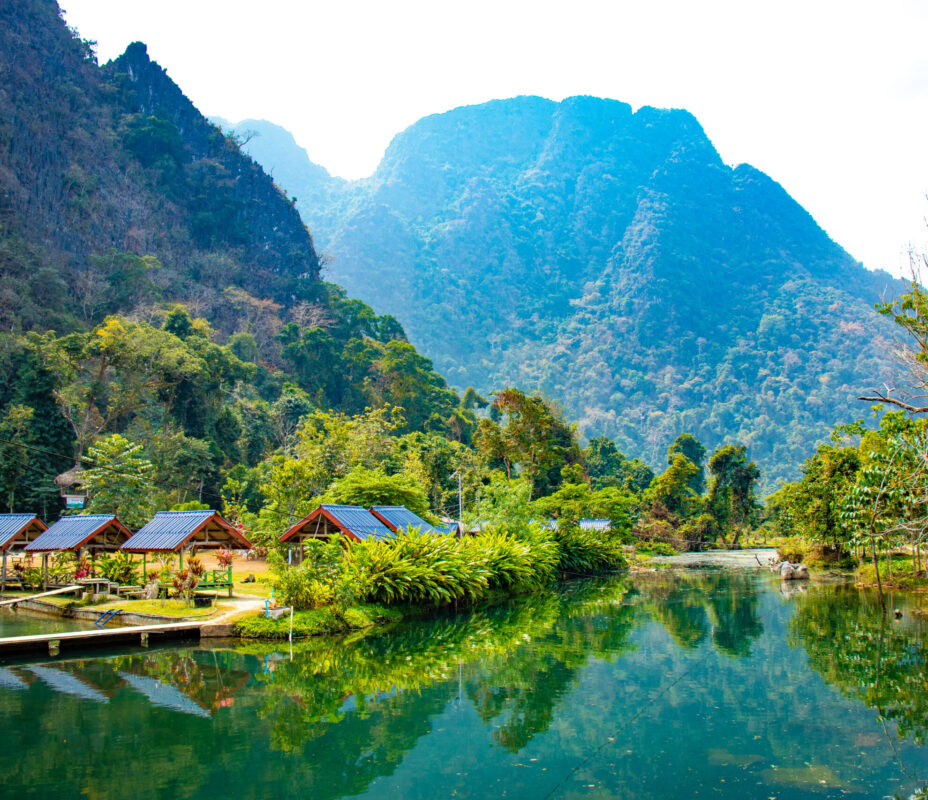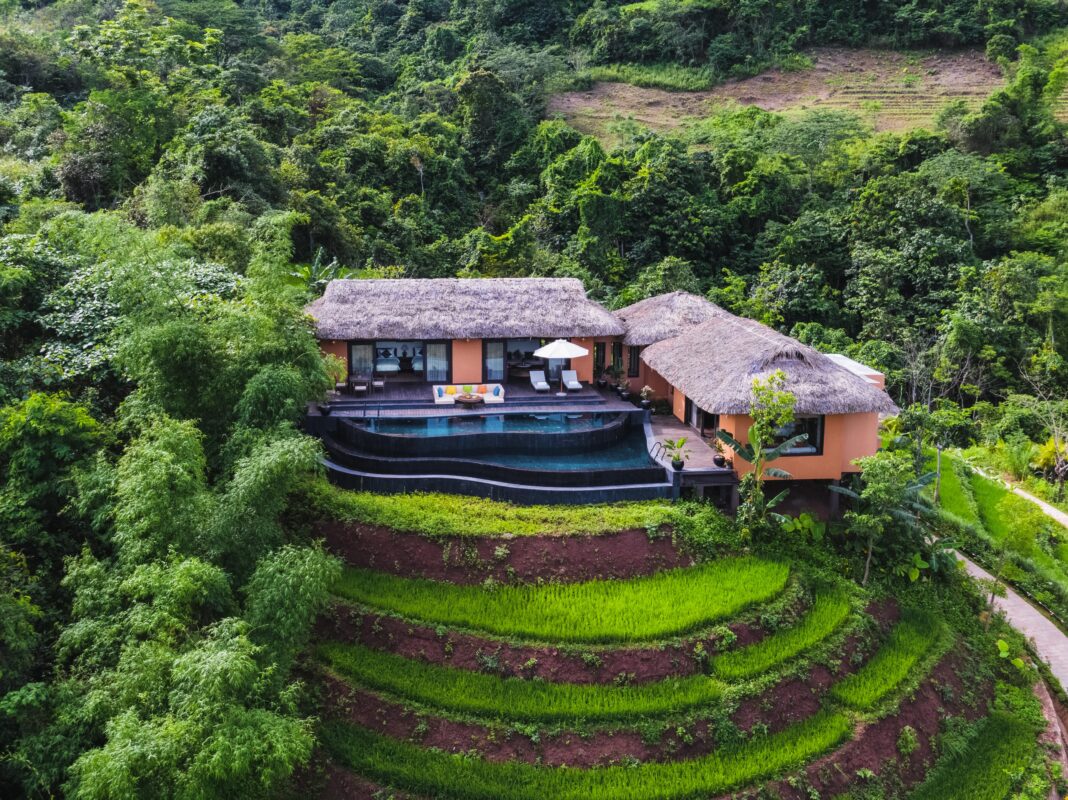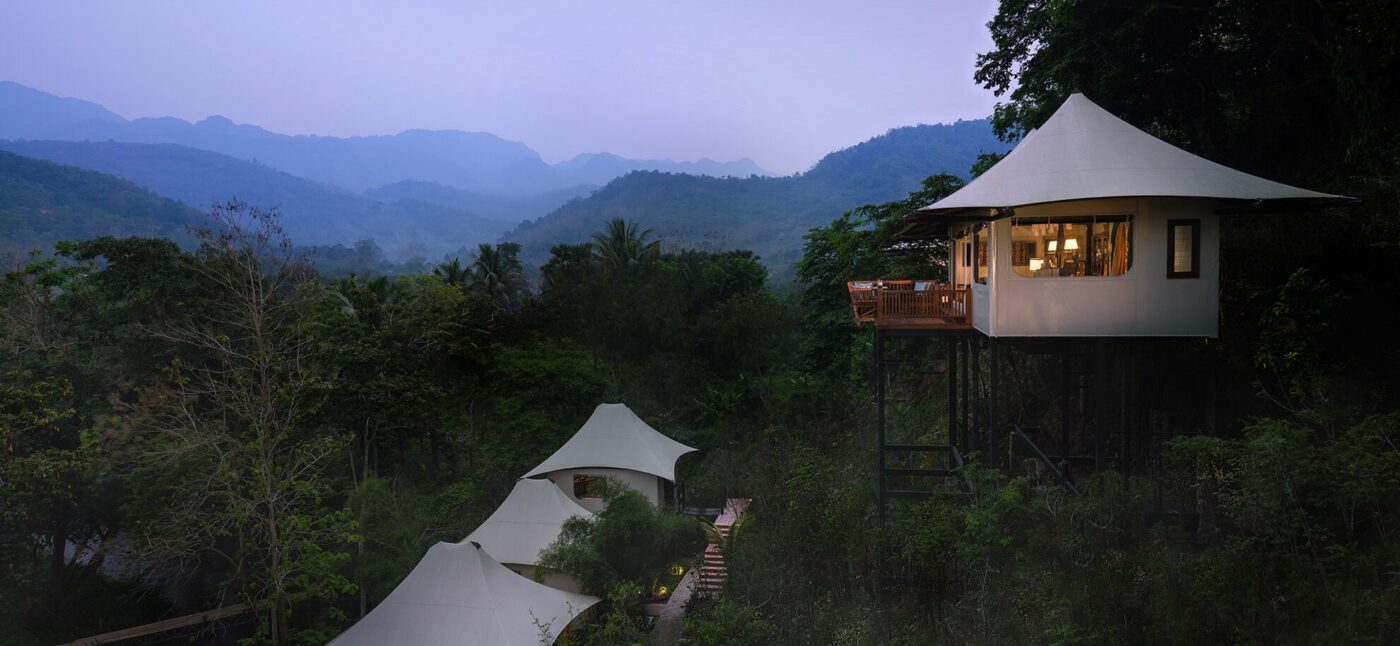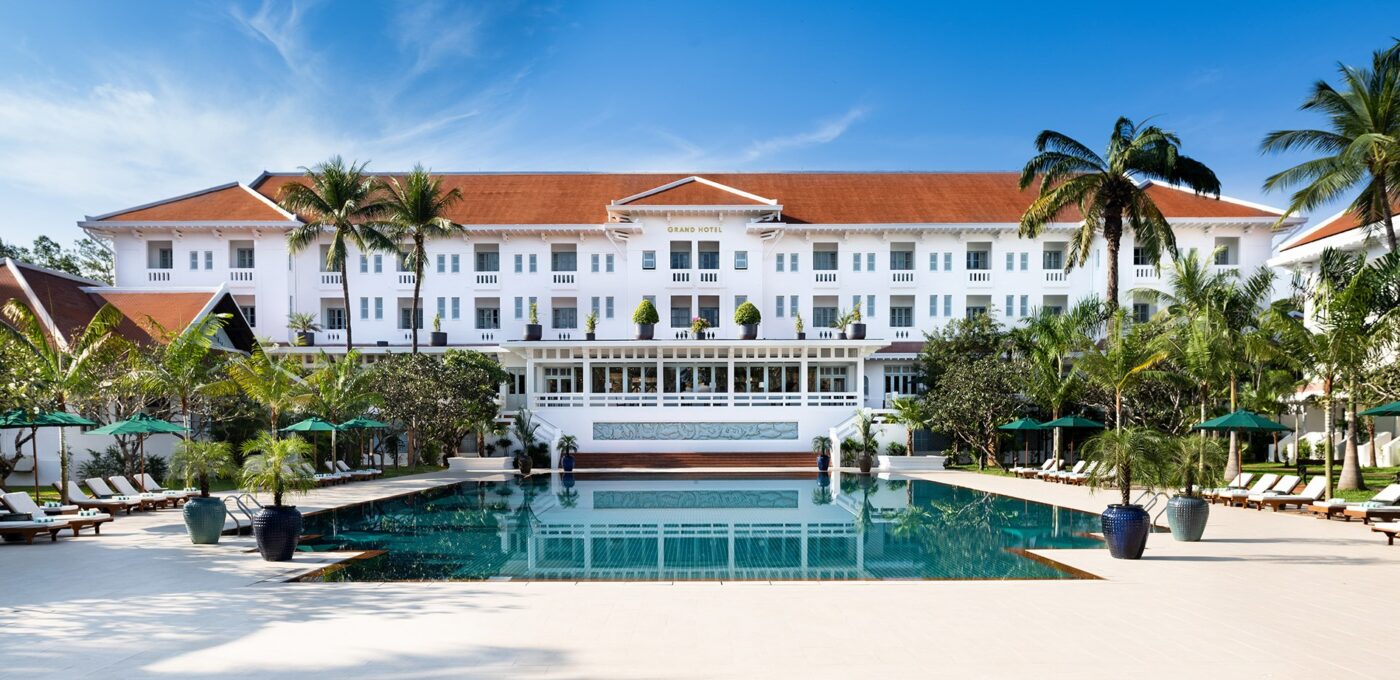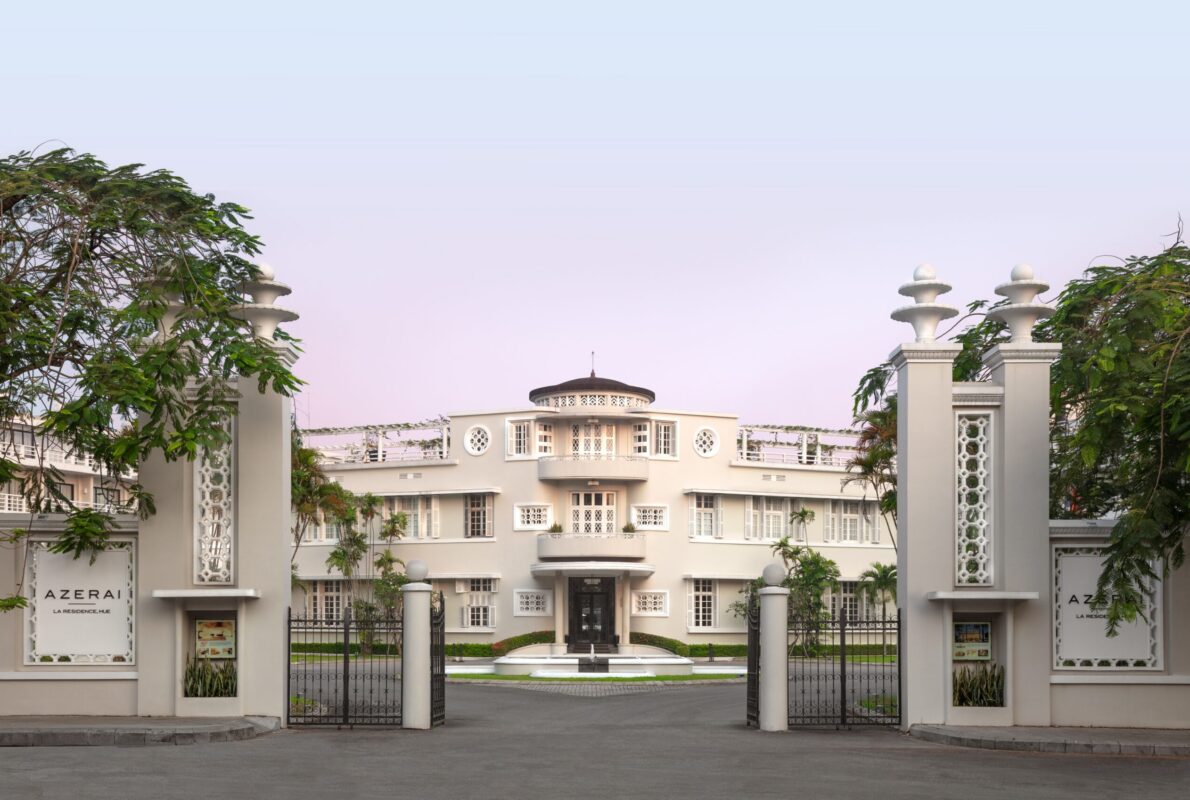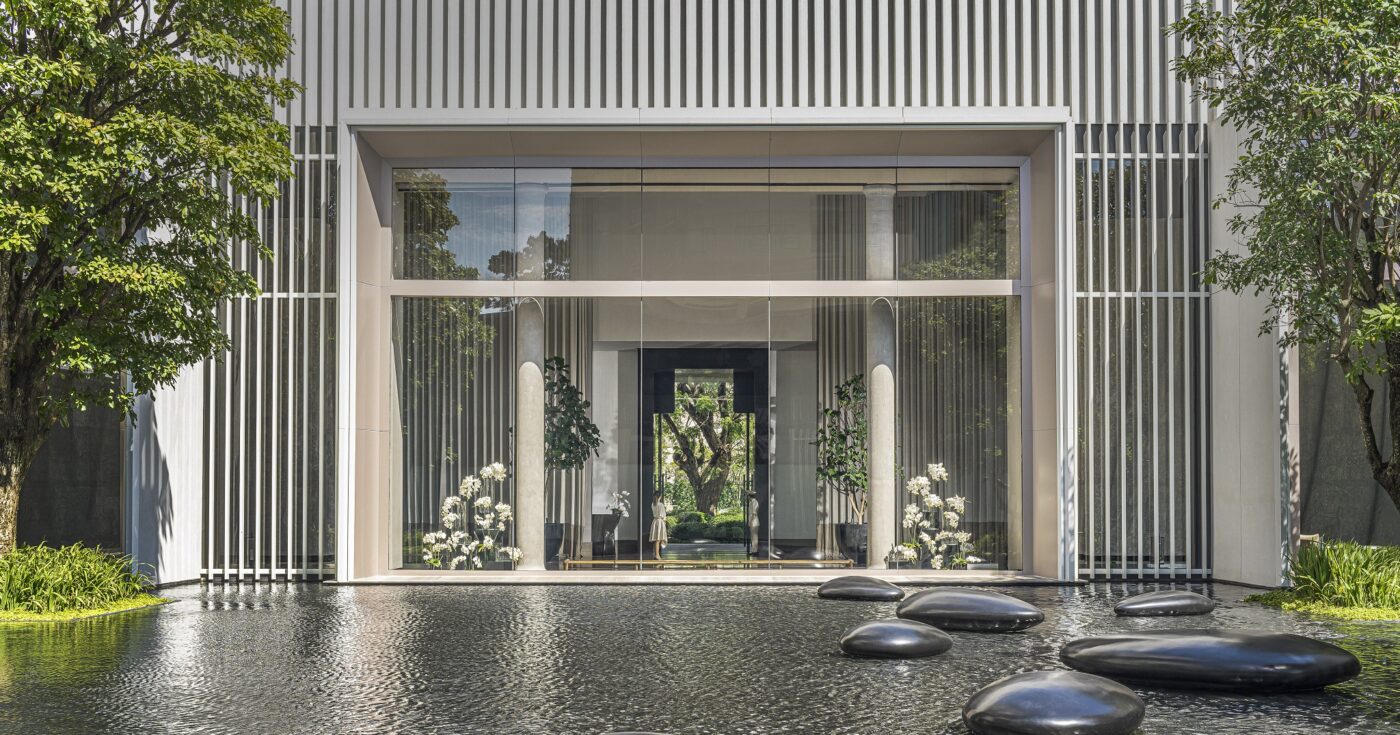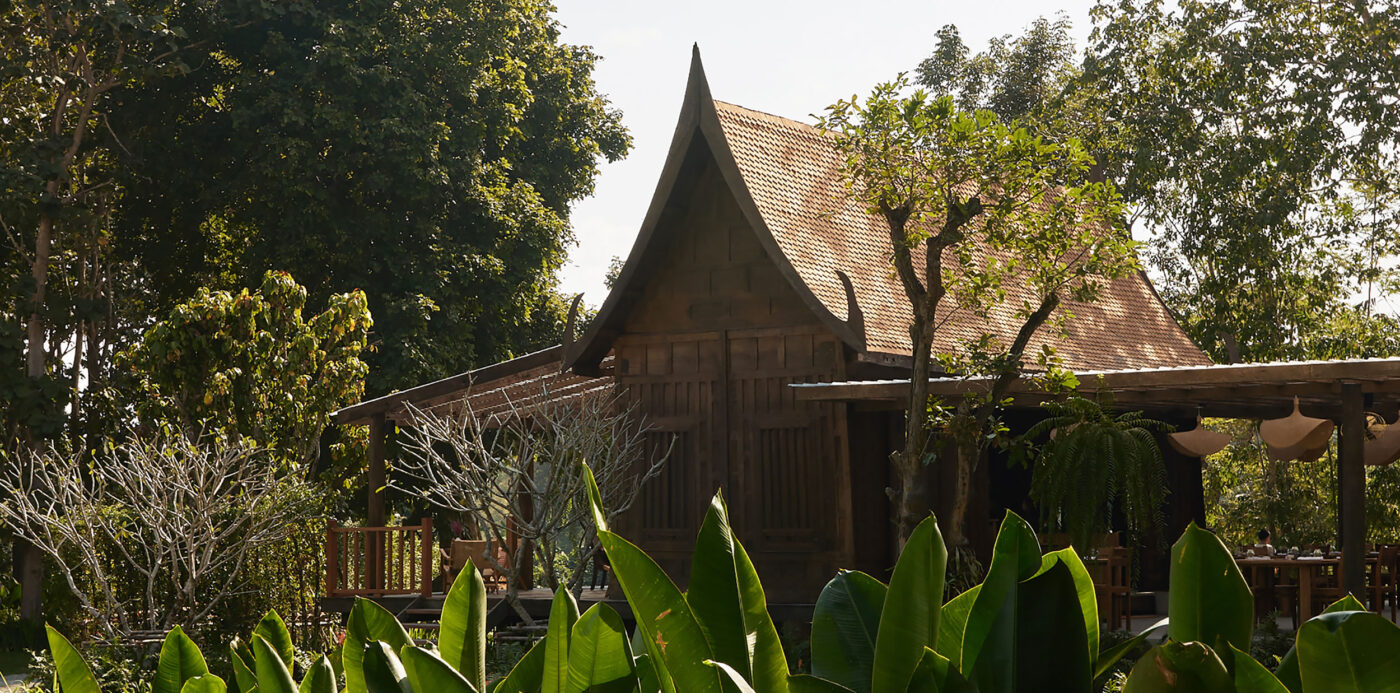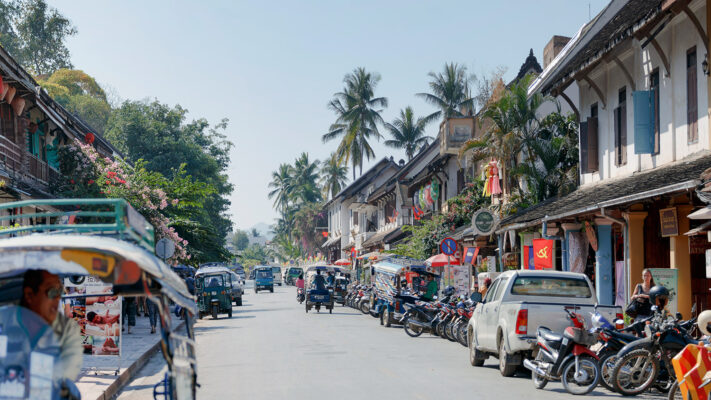A brief history of Thailand:
Formerly known as Siam, Thailand can be dated as far back as 3000 B.C. having archaeological evidence in the northeast of the country which suggests the forging of bronze implements as well as rice cultivation. In the 9th century B.C. Mon and Khmer people (ethnic groups from Myanmar and Cambodia respectively) established kingdoms that included large areas of what is now known as Thailand. During this period, much of what was learnt from contact with these South Asian people later influenced their social, religious, political and cultural ideas/institutions, most of which are highlighted as being part of Thailand’s national identity.
The Nanchao Period (650-1250 A.D.):
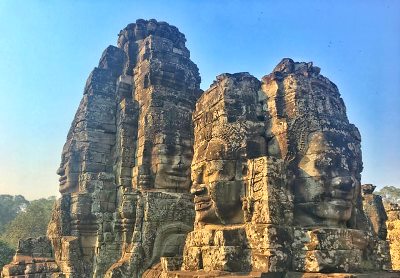
The Nanchao Period sought the first mention of the Tai people, who are believed to be the ancestors of the Thai people, in a 12th century A.D. inscription at Angkor Wat, a temple in Siem Reap, Cambodia. They were believed to have come from the Altai Mountain Range in Southern Mongolia and actually founded the Nanchao Kingdom in Southern China; which is now Yunnan, Kwangsi and Canton.
The Sukhothai Period (1238-1438 A.D.):
The Sukhothai Period began with the Tai chieftain, Si Inthrathit, declaring independence for Thailand in 1238 from the Khmer and established a kingdom at Sukhothai in the Chao Phraya Valley in central Thailand. The people in the centre then took the ‘Thai’ name, which means “free”, to distinguish themselves from the other Tai people who were still under foreign rule.
The Sukhothai Historical Park includes the remains of 21 historical sites and four large ponds within the old walls, with an additional 70 sites within a 5km radius, and has a bicycle rental service so that visitors can make the most of their trip. There are also the options to rent a car or take ride on one of the many tuk tuk’s, taxi’s or trams.
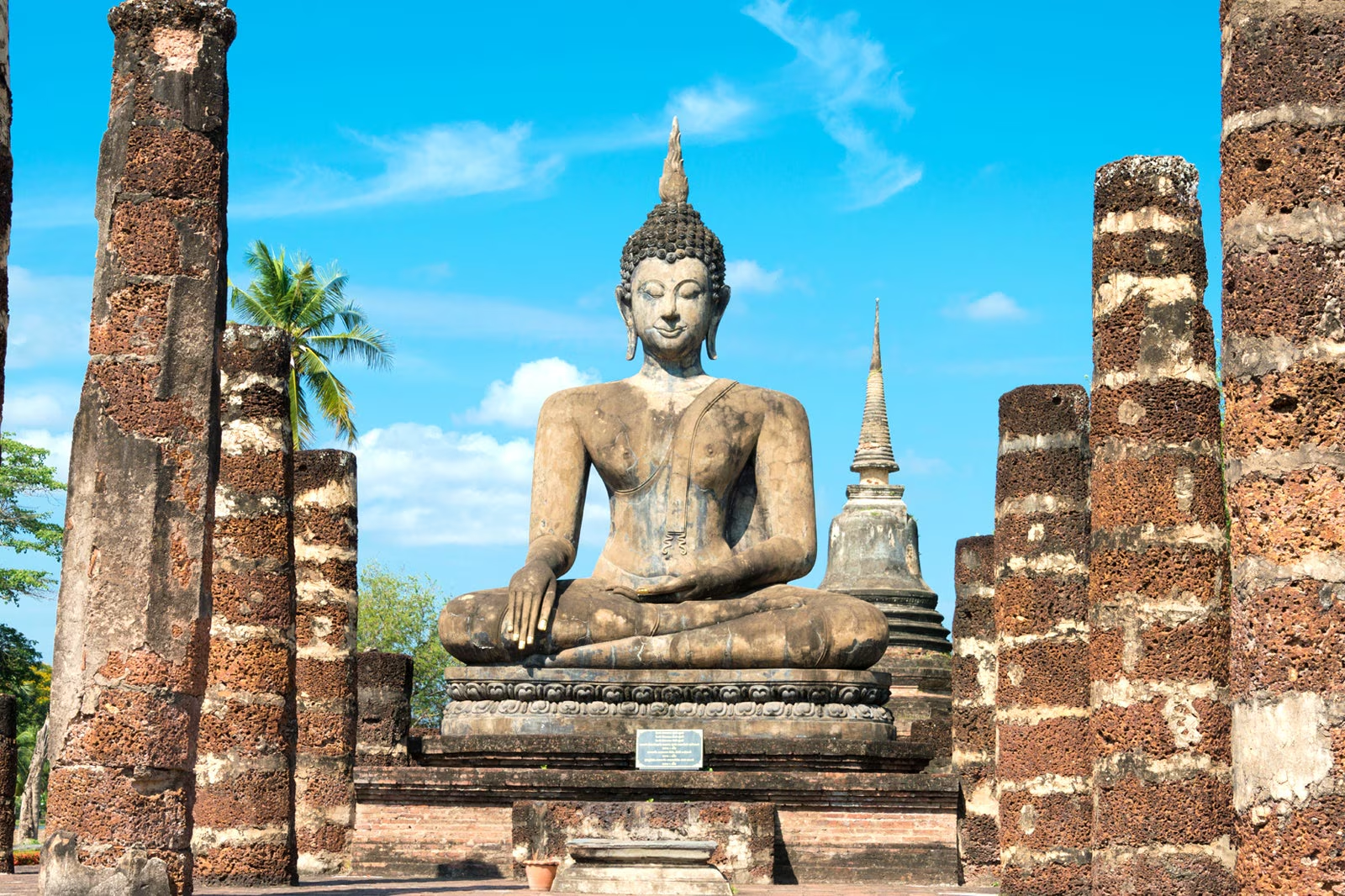
The Ayutthaya Period (1350-1767):
The Ayutthaya Period started when Sukhothai was succeeded in the 14th century by the kingdom of Ayutthaya who established themselves as the capital in 1351 and became very powerful during the 14th and 15th centuries enabling them to defeat the kingdom of Angkor, the capital city of the Khmer Empire, and ruled parts of modern-day Cambodia, Laos and Burma. However, this period came to an end in 1767 when the Burmese invaded Ayutthaya and completely destroyed the city as well it’s culture. Under the leadership of the half- Chinese military commander, Phraya Taksin, the Thai people were able to make a quick recovery. Taksin was able so escape from the besieged Ayutthaya and formed a resistance which eventually drove the Burmese invaders out. He declared himself King and established a new capital at Thon Buri (which was a fortress town across the river from modern Bangkok).
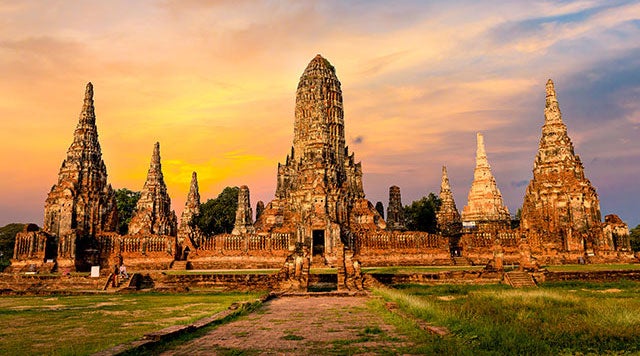
The Historic City of Ayutthaya is available for tourists to explore and incorporates over a dozen ancient temple sites that can all be accessed by walking or by the popular choice of hiring a bicycle. From Bangkok, Ayutthaya is only an hour away by car and so would make an exciting day trip. Not only can you see the ancient ruins of Ayutthaya, but you can also visit the many temples.
The Early Chakri Period (1782-1868):
The Chakri Period is named after the general, Chakri, who assumed the throne after Taksin was executed in 1782, and took the name Yot Fa. He established the ruling house that continues to the present, and the court moved across the river to the village of Bangkok making it the countries new capital once again. The kingdom’s economy revived and what remained of the artistic heritage of Ayutthaya was restored, and later became a UNESCO World Heritage Centre.
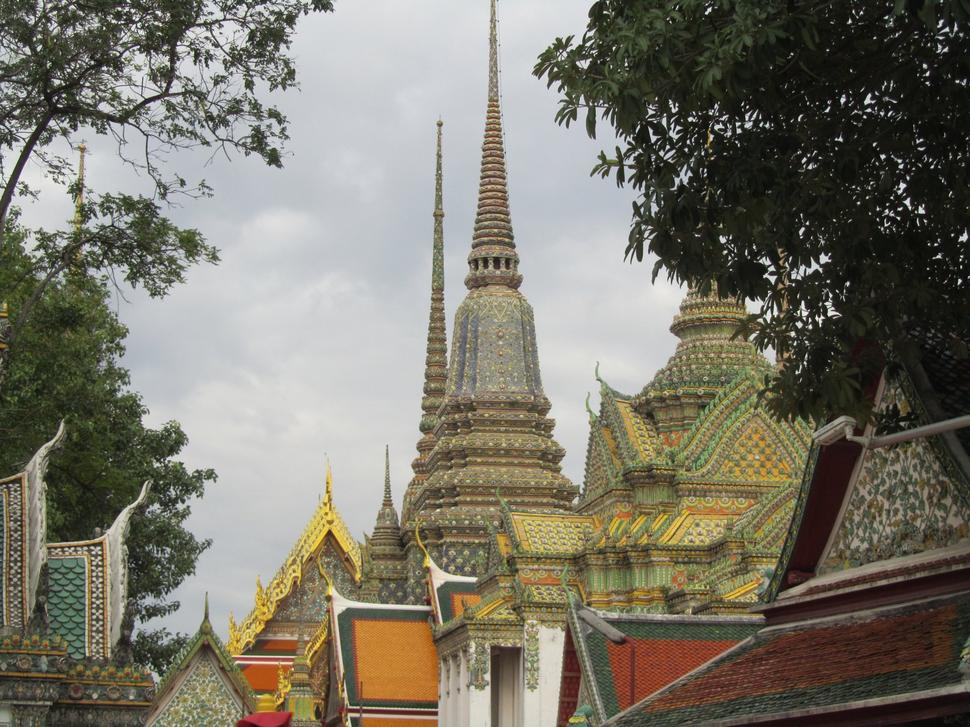
Between 1855 and 1870, to avoid humiliation suffered by China and Burma in their wars against Britain, Bangkok managed to negotiate and sign treaties with Britain, the United States, France, and other European countries. As a result, commerce with the West increased and, in turn, revolutionized the Thai economy and connected it to the world monetary system. Despite Thailand now being connected to other countries across the globe and having many rulers influenced by western ideas, they still managed to maintain their own Thai culture by changing the western ideas to suit their own ideals.
The 20th Century:
The 20th Century was a difficult time for Thailand as they were beginning to see the consequences of refusing to give up independence. They lost control over Cambodia and Laos to France, and ceded the northern states of the Malay Peninsula to Britain. By 1910, the area of Southeast Asia under Thai control was only a fraction of what it had been a century earlier. Thailand’s political system, armed forces and economy underwent drastic changes, and many wealthy Thai’s (particularly those from the royal family) studied overseas, creating a small, Western educated elite with less traditional ideas. Throughout the 20th century, there was an ongoing power struggle between the royal family, the military and the government.
During World War 1 (1914 – 1918), Thailand was one of the least well-known participants as they managed to remain a neutral party for 3 years but finally joined the Allied forces led by Britain, France and the US in 1917, declaring war on Germany and Austria-Hungary. Thailand also managed to remain a neutral party for a few years during World War 2 (1939 – 1945). Thailand remained neutral until they were invaded by Japan in late 1941 and became somewhat of a Japanese puppet state. Japan forced the country to help them fight and they declared war on the Allies in January 1942. The most significant role Thailand played during this time, was building the Thailand-Burma Railway connecting Bangkok and Moulmein which was used to bring much needed supplies to the Japanese forces in Burma, after shipping lanes had become incredibly vulnerable to allied attacks in early 1942.
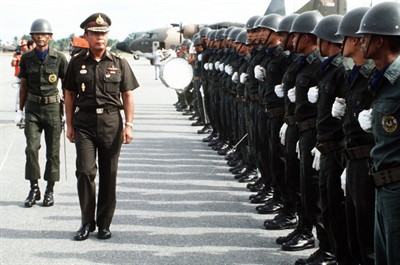
The end of the century saw the Asian financial crisis, where the baht currency fell sharply against the dollar, leading to bankruptcies and unemployment across the entire country. Thankfully, this crisis is soon subsided when the IMF (International Monetary Fund) stepped in and pledged billions of dollars to Thailand, Indonesia, and South Korea in short term loans to help stabilise their economies.
The 21st Century/Modern Era:
The 21st Century sees the country through the devastation of the 2004 Tsunami in December, to 2011 where Yingluck Shinawatra becomes Thailand’s first female prime minister, and then to 2016 which saw the death of the longest reigning King, Bhumibol Adulyadej, who was succeeded by his son, Maha Vajiralongkorn, who is the current King of Thailand. King Vajiralongkorn then signed the new military-drafted constitution that paves the way for a return to democracy in 2017.
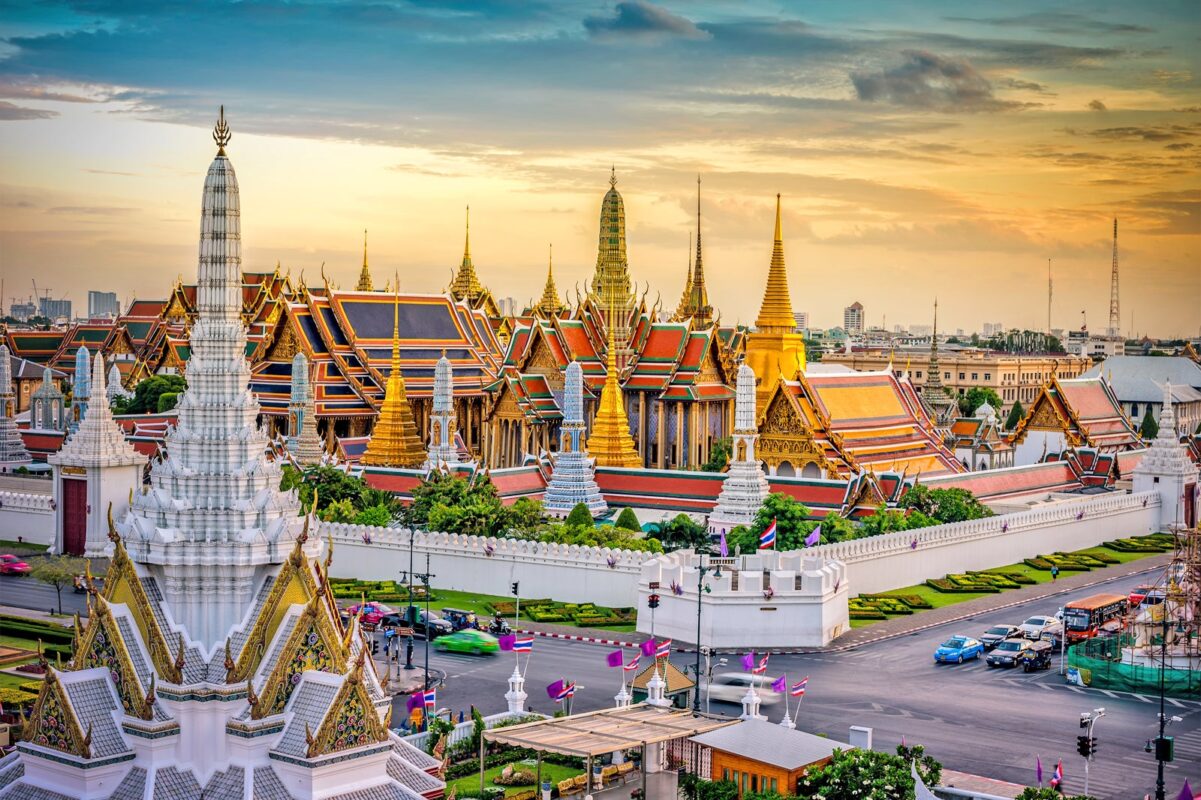
Thai customs and useful information for your holiday to Thailand:
The prototypical Thai expression is a serene and welcoming smile, which is reflective of the friendly and welcoming people, so it is much appreciated if you reciprocate their hospitality by also mirroring their kindness and smiling back at them.
Thai people tend to give each other a reasonable amount of personal space, and touching is not common (except between close friends of the same sex or between family members). Furthermore, public displays of affection are not common, so avoid these if you can, and you should also avoid touching or getting close to someone’s head, as the head is viewed as the most sacred part of the body and touching it is taboo.
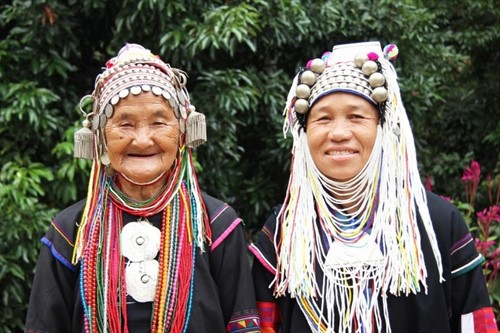

As in many Asian countries, avoid passing things with your left hand, as this is considered unclean, and avoid showing the soles of your feet, which are also unclean.Like in many cultures, you should try not to point at people or things as it is considered rude.
Elderly people are considered to be important in Thai culture and are revered. As such, if you are talking to or greeting someone who is your elder, you need to show them the proper respect by dropping your gaze after initially making eye contact.
Buddhist monks should be treated with great respect, as Thai people hold them in such high regard that there are actually laws protecting them.
If you are invited to someone’s home, it would be polite to bring them a small gift of flowers or chocolates, though you should avoid marigolds, lilies, or carnations, as these have an association with funerals. In Thailand, gifts will almost never be opened in front of the person presenting them, but rather in private later, so if you are given a gift yourself you should act in the same way. Also, it is good manners to take off your shoes in other people’s homes and in temples.
When visiting temples in Thailand, not only should you take off your shoes, but you should also try to cover as much skin as possible, especially your shoulders, knees and feet.
Whilst greeting someone in Thailand, along side saying the phrase “sawaadee khrup/kha” (depending on if you’re male or female), you should also perform a ‘wai’. To perform a “wai,” you place your palms together like a prayer over your nose, and bow slightly. You may use the greeting when you arrive and leave a place, when passing by locals, or when greeting a monk.
Try to avoid talking about politics or the Royal Family. It’s wise to avoid these topics when going to any country, but the Royal Family is highly regarded and loved in Thailand, and speaking ill of them can actually lead to a legal penalty!
Religion and religious holidays in Thailand:
Buddhism is the most common Thailand religion with just less than 95% of the population following this Theravada religion. The remaining population follows the Muslim religion (4.6%), Catholic Christians (0.7%) with the remaining 1% divided between Hindu, Sikh and Jewish religions. Buddhism actually originated in India in the 6th century BC, founded by Prince Siddhartha, who eventually achieved the ultimate goal of enlightenment after 49 days of meditating under a bodhi tree. He became the Gautama Buddha (which also has the name Shakyamuni) meaning that he was the “Awakened One”. Buddhism later arrived in Thailand from Sri Lanka and eventually became the dominant religion in both Thailand and Laos in the 12th century. The three most important Buddhist holidays are: Makha Bucha Day, Visakha Bucha Day and Asahna Bucha Day. All three are designated as public holidays in Thailand and even though banks and many other businesses do stay open on these dates, government offices are closed. Additionally, since they are such important religious occasions, there are temporary restrictions in place on alcohol sales within entertainment venues with some areas actually closing.
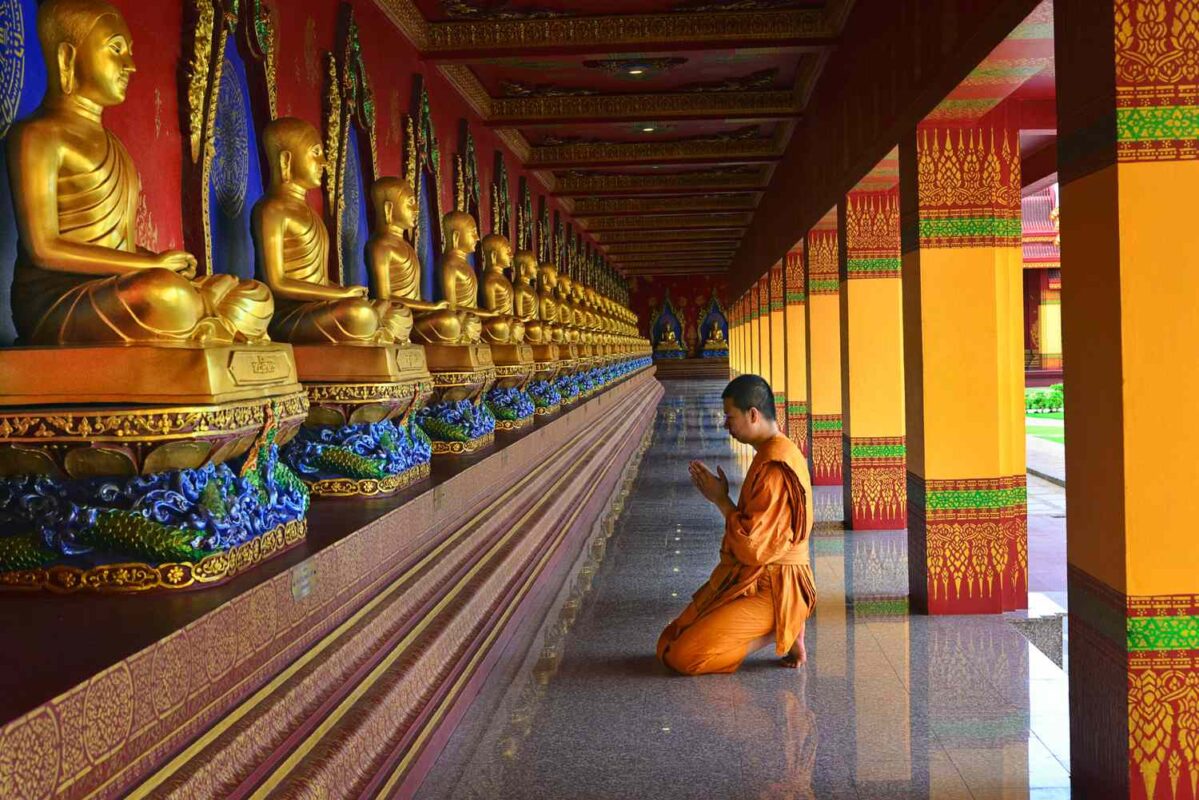
The exact date of each Buddhist holiday below varies according to the lunar calendar:
Makha Bucha Day – takes place in February/March and commemorates the event where 1,250 of the Lord Buddha’s disciples spontaneously gathered to hear him preach. On this day, people go to Buddhist temples on Makha Bucha Day to take part in rites and to “earn merit.” They may also abstain from alcoholic beverages, give food offerings to monks, meditate, and take part in a late-night candle procession.
Visakha Bucha Day – takes place in May/June and is the most significant event in the Buddhist calendar. The day commemorates three defining events in the life of the Buddha, which all occurred on the full-moon day of the sixth lunar month (the Visakha month). The Visakha full moon marks the day on which the Buddha was born, reached his enlightenment 35 years later, and the day he died and entered Nirvana 45 years after that. Many of celebrations on this day are private and religious, but tourists are allowed to visit most of the many temples of Thailand. Three of the most important Bangkok temples to see on Visakha Bucha Day are: Wat Pho, Wat Phrathart Doi Suthep and Wat Phra Kaew.
Asahna Bucha Day – takes place in July/August and commemorates the day when the Lord Buddha delivered his first sermon at a deer park at Benares in India. Traditionally, people will visit temples, leaving gifts of candles and flowers for the resident monks. Some young men will also volunteer to become monks themselves. You will see people marching around temples with lit candles, incense, and lotus flowers. You may also see candlelight processions through various cities of Thailand. As the processions are generally in the evening, lighting candles has long been a key tradition for this holiday. The day after Asahna Bucha is known as Wan Khao Phansa (sometimes known as the Buddhist’s lent) and marks the start of the three-month ‘Phansa’ period. This is the rains retreat period when monks would traditionally stay within the confines of their own temple.
Muay Thai (Thai boxing):
Muay Thai, the national sport of Thailand (translated as Thai boxing) is a martial art and combat sport created during peace-time that can be traced back to the 16th century. Its’ true orgins however, have been debated amongst scholars since much of the history prior to this time was lost when the capital of Thailand was ransacked by the Burmese in 1767. The Siamese (or Thai) army trained in hand-to-hand combat and how they could utilise their body as a weapon. These training techniques later evolved into Muay Thai and Krabi Krabong.

Muay Thai is sometimes referred to as ‘The Art of the Eight Limbs’ because it involves using the fists, elbows, knees and shins to strike. The appeal of Muay Thai became widespread across the population from royalty to the poorer common people, and training centers were set up throughout the country passing down knowlege from generation to generation. Muay Thai is a respected art form practiced for self-defense, exercise and discipline and monks have even instructed at many Buddhist temples.
Surachai Sirisute, also known as Chai Sirisute or Ajarn Chai (‘Ajarn’= head instructor) travelled to the USA with the aim to spread the word, educate and promote Muay Thai to the rest of the world. He later founded The World Thai Boxing Association (WTBA) in 1968 with a mission “to advance, promote and preserve the traditional martial arts of Thailand through their expanding international Muay Thai community.”
In July 2021 after many years trying to clinch recognition, the International Olympic Committee (IOC) finally approved Muay Thai to become an official Olympic sport.


